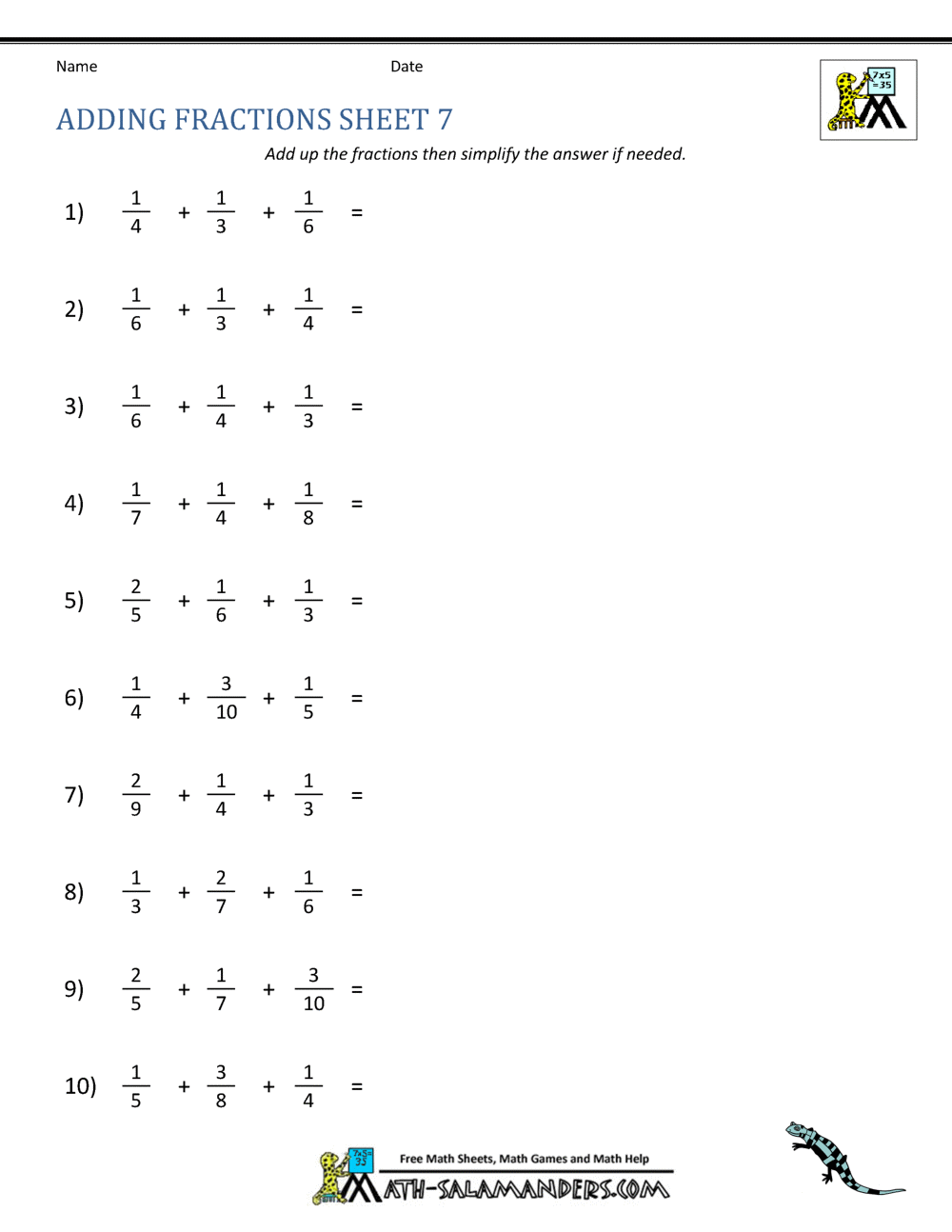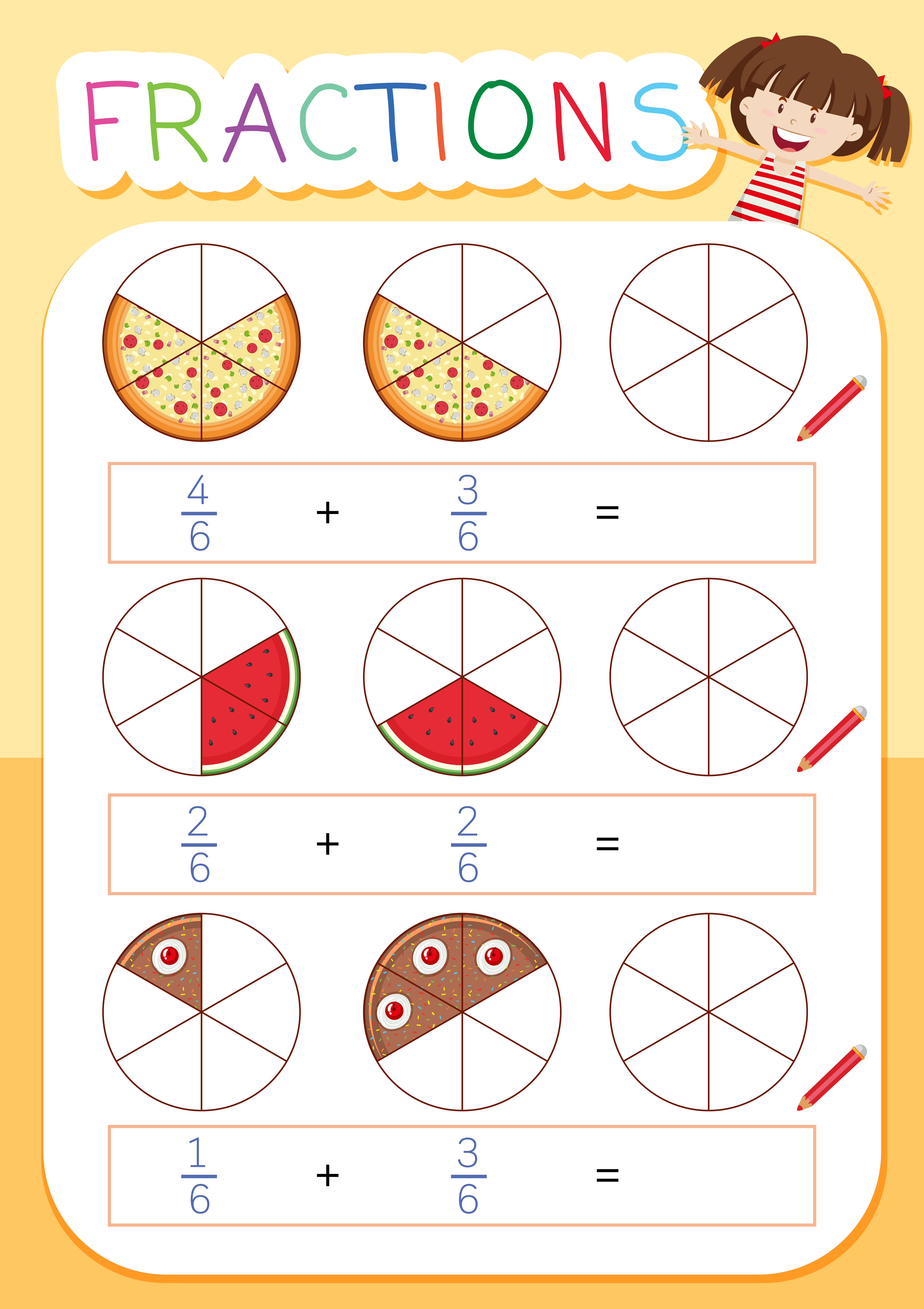
What Happens if the Scale Factor is Less Than 1? Therefore, the scale factor that is used to increase the size of the square is 3. After substituting the given values we get, Scale factor = 18 ÷ 6 = 3. We will use the formula, Scale factor = Dimension of the new shape ÷ Dimension of the original shape. For example, if the side length of a square is 6 units and if the size of the square has been increased such that the side length of the square becomes 18 units, let us find the scale factor. The basic formula to find the scale factor of a figure is: Scale factor = Dimension of the new shape ÷ Dimension of the original shape. The scale factor can be calculated when the new dimensions and the original dimensions are given. This shows that a scale factor of 0.5 changed the figure to a smaller one. Substituting the values in the formula: the dimensions of the new square will be = 6 × 0.5 = 3 units. We will use the formula: Dimensions of the new shape = Dimensions of the original shape × Scale factor. Now, let us use the scale factor of 0.5, to change its size. For example, the original figure of a square has one of its sides as 6 units.

What Does a Scale Factor of 0.5 Mean?Ī scale factor of 0.5 means that the changed image will be scaled down. If the scale factor is more than 1 (k > 1), it means that the given figure needs to be enlarged.

What Happens if the Scale Factor is Greater Than 1? It helps in changing the size of the figure but not its shape. It is a number by which the size of any geometrical figure or shape can be changed with respect to its original size. Scale factor is a number that is used to draw the enlarged or reduced shape of any given figure. If the scale factor is 1 (k = 1), the image remains the same.įAQs on Scale Factor What is a Scale Factor?.If the scale factor is less than 1 (0If the scale factor is more than 1 (k > 1), the image is enlarged.The scale factor of a dilated figure is denoted by 'r' or 'k'.The following points should be remembered while studying about the scale factor: Observe the following triangles which explain the concept of a scaled-up figure and a scaled-down figure. Thus, we can see that the scale factor is less than 1. For example, if the dimension of the smaller figure is 8 and that of the larger one is 24, let us place this in the formula which makes it: 8 ÷ 24 = 1/3. The scale factor for scaling down is always less than 1. Scale factor = Smaller figure dimensions ÷ Larger figure dimensions Even in this case, the scale factor can be calculated by a formula, which is another version of the basic formula. Scaling down means that a larger figure is reduced to a smaller one. Thus, we can see that the scale factor is greater than 1. For example, if the dimension of the larger figure is 15 and that of the smaller one is 5, let us place this in the formula which makes it: 15 ÷ 5 = 3. The scale factor for scaling up is always greater than 1.

Scale factor = Larger figure dimensions ÷ Smaller figure dimensions In this case, the scale factor can be calculated by a formula, which is another version of the basic formula given in the previous section. Scaling up means that a smaller figure is enlarged to a bigger one. When the size of a figure is increased, we say that it has been scaled up and when it is decreased, we say that it has scaled down. However, there are two terms that need to be understood when using the scale factor. This gives the reduced dimensions as 1.5 units and 1 unit. Similarly, to create a reduced figure, we multiply the original dimensions with the scale factor of 1/2. This gives the new dimensions as 9 units and 6 units respectively. To create an enlarged figure, the dimensions are multiplied by the scale factor of 3 using the formula: Dimensions of the new shape = Dimensions of the original shape × Scale factor. In the following figure, the original rectangle has the dimensions given as 3 units and 2 units. Observe the following figure which shows how the scale factor can change the original figure to its larger and smaller versions. Hence, we can use the scale factor to get the dimensions of the changed figures. Now, if we increase the size of this rectangle by a scale factor of 2, the sides will become 10 units and 4 units, respectively. For example, a rectangle has a length of 5 units and a width of 2 units. The scale factor can be calculated if the dimensions of the original figure and the dimensions of the dilated (increased or decreased) figure are known. It is used to increase or decrease the size of an object. Scale factor is defined as the number or the conversion factor which is used to change the size of a figure without changing its shape.


 0 kommentar(er)
0 kommentar(er)
